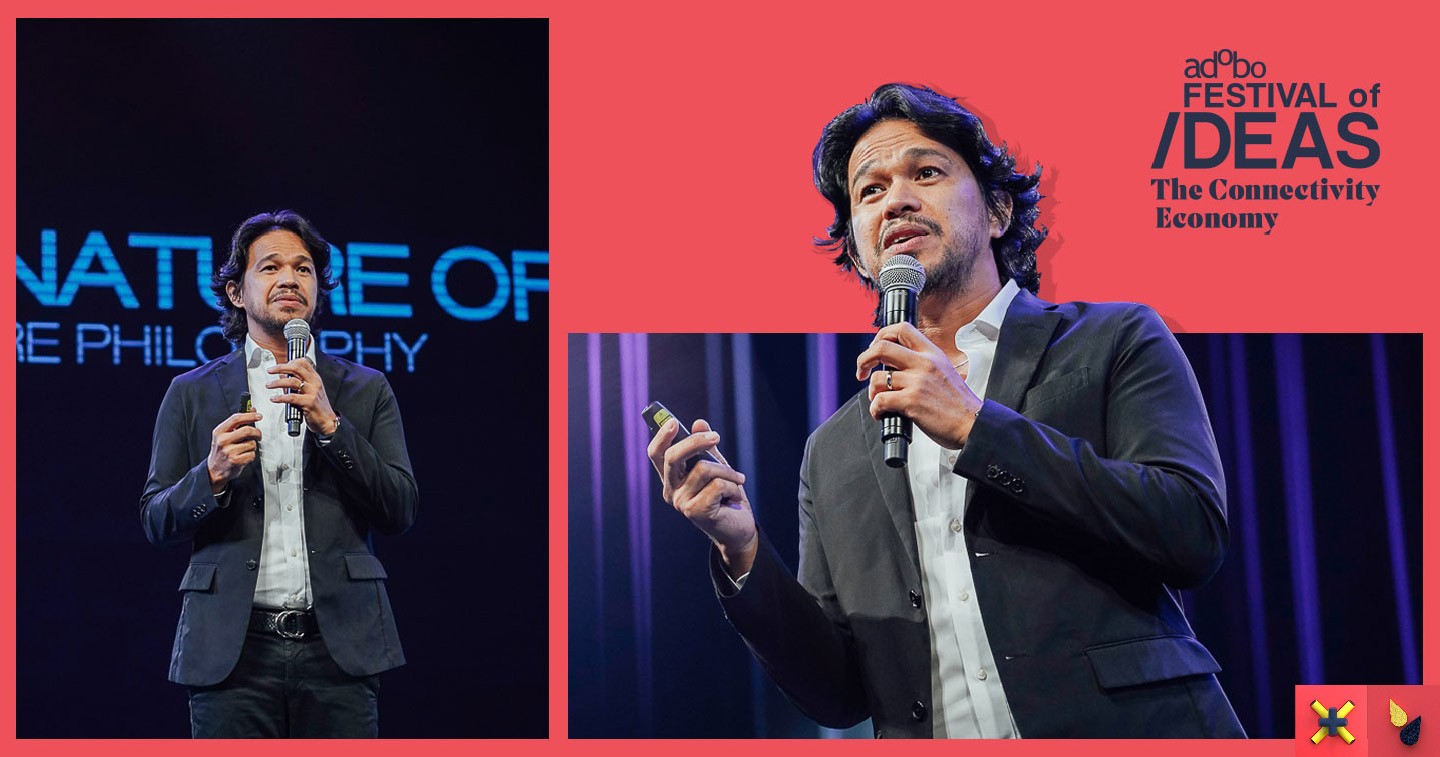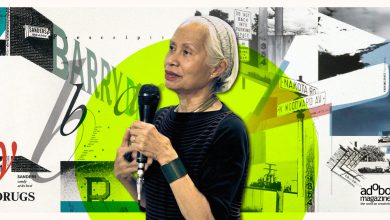MANILA, PHILIPPINES – The recently concluded adobo Festival of Ideas which took place on December 5, 2019 at the Newport Performing Arts Theater in Resorts World Manila introduced and dissected a new organism born out of the connection and collaboration of sectors that were previously fragmented called “The Connectivity Economy”.
To talk about Infrastructure and Sustainability, Arch. Royal Pineda, the Co-Founder and Lead Architect of BUDJI+ROYAL Architecture+Design, came on stage to share the structural designs he made for the recently concluded Southeast Asian Games and the vision he has for the country’s architecture.
Defining a Nation Through Architecture + Design
As someone who is an advocate for modern Filipino design, Pineda aims to define the Filipino nation through architecture, and he is doing this by mixing modern with traditional Filipino elements. However, there is the question of what exactly is Filipino architecture, and he answers by citing boat houses and the bahay kubo — a stilt house native to the Philippines — which weren’t created by architects, but by regular Filipinos.
“Let’s not be so conscious about the look of Filipino architecture,” Pineda added. “It’s the freedom to be able to create something that works for the Filipinos and works with the resources of the Filipinos.”
Arch. Royal Pineda shares with us the stunning plans of @BudjiRoyal on Architecture + Design and how collaboration fits into the picture:
“Collaboration is where ego isnabsent, and ideas are constantly present”. #adoboFOI2019 pic.twitter.com/YDRPSkiTLi— adobo magazine (@adobomagazine) December 5, 2019
According to Pineda, the best way to present the Filipino nation is through architecture and design because it is very tangible. This is where the Southeast Asian Games comes to play as the event was just the opportunity to show off to the neighboring countries’ delegates and guests the modernized Filipino architecture – courtesy of Pineda’s designs of the new airport and stadium in Clark – which takes inspiration from Mt. Pinatubo and traditional Filipino weaving, to name a few.
“I needed to come up with practical luxury – philosophy and the concept of practical luxury because I don’t believe that the Philippines should wait to be first world… I believe that today we can experience luxury by design,” Pineda shares.
Pineda also mentions in his talk how the lahar in Mt. Pinatubo was used as an architectural fiber in the structures he has designed in Clark – this ties in to what he said about how it is not just the look that makes it Filipino, because how it is made and put together is also as important.
Pineda’s architectural vision extends way beyond the Southeast Asian Games. According to him, Filipinos need to go bigger than just designing a city; Filipinos need to rebuild a nation. To do so, Pineda shared Project Luzviminda: a project that will connect the archipelago via three main circuit lines of bridges, roads, and railways to give new opportunities to underdeveloped cities.
Much like every vision or project, collaboration is key to making the Philippines more unified.
“Collaboration is our way to make our country better,” Pineda shares. “Collaboration for me is the modern bayanihan and part of this process that I need to come up with in defining our nation.”








